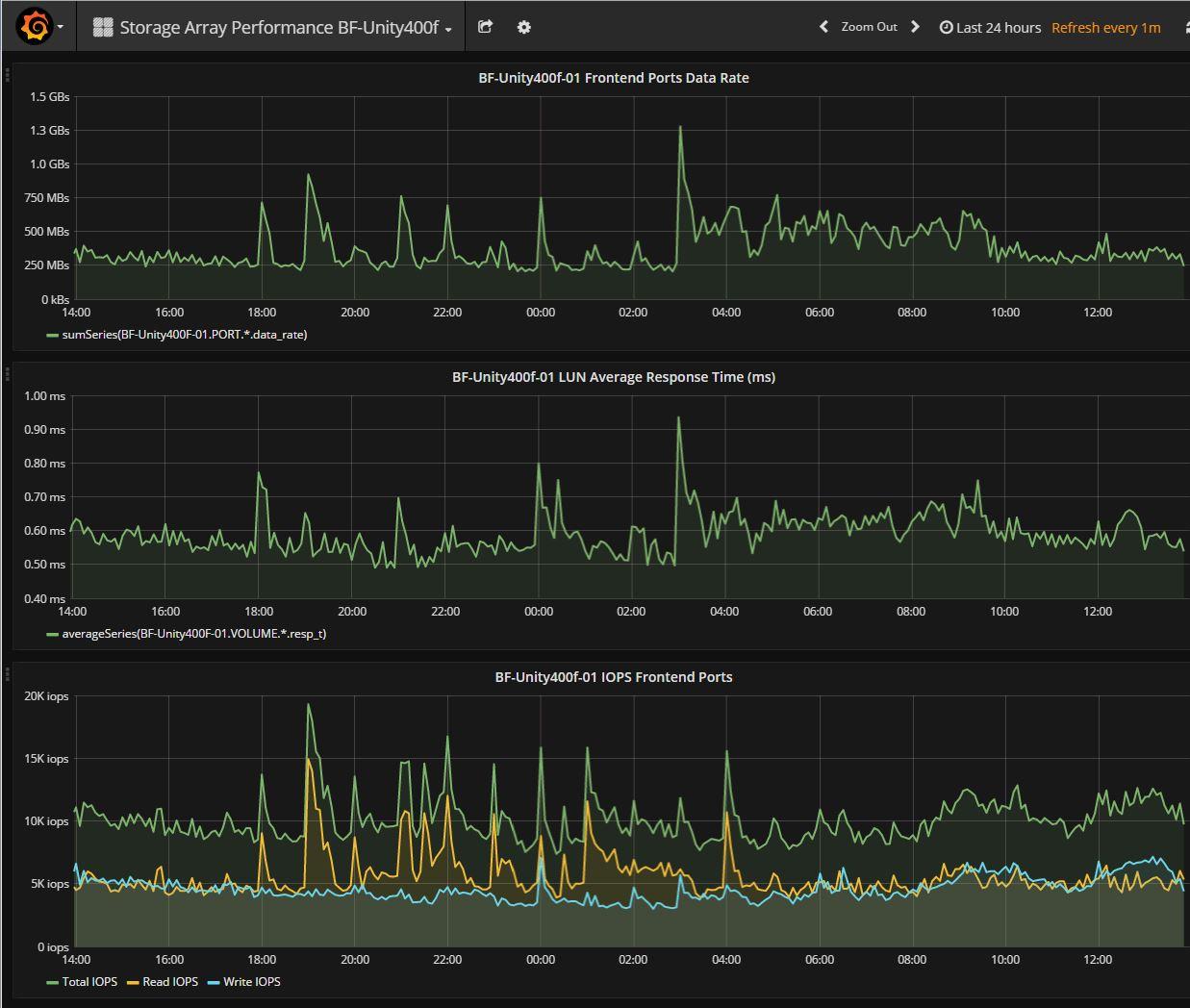

Here you can add details such as who is responsible for the integration (team/owner) and the purpose of creating it. This field is populated automatically when you enter a display name, but you can edit the result. The name is mandatory and can only contain lowercase, alphanumeric characters, and dashes (for example, my-project-name). You can enter a friendly name with spaces in this field. When the Project field is left blank, a default value appears. Specifying the Project is helpful when multiple users are spread across multiple teams or projects. Refer to the Authentication section above for details. Refer to the Sumo Logic API Endpoints for more details. These endpoints depend on your geographic location and the creation date of your account. Sumo Logic provides multiple API endpoints that are assigned to a specific deployment. Sumo Logic Direct Direct Configuration in the UI ĭirect connection to Sumo Logic requires users to enter their credentials which Nobl9 stores safely.Įnter the Service Endpoint URL (mandatory). To add Sumo Logic as a data source in Nobl9 using the Agent or Direct connection method, follow these steps:Ĭhoose a configuration method ( Direct or Agent), then configure the source as described below. Adding Sumo Logic as a Data Source in the UI You can see the Service Endpoint URL when you log in to your Sumo Logic account.įor the full overview of Service URLs and how they correspond to API endpoints, refer to the Sumo Logic Endpoints | Sumo Logic Documentation. Nobl9 cannot determine that value automatically and because of that, you need to specify the correct Service Endpoint URL to connect to Sumo Logic. They depend on (1) your geographic location and (2) your account’s creation date. These endpoints are assigned to the specific deployment.

Sumo Logic provides multiple API endpoints. Currently, Nobl9 integration with Sumo Logic does not support Base64 encoded Access ID for authentication.


 0 kommentar(er)
0 kommentar(er)
